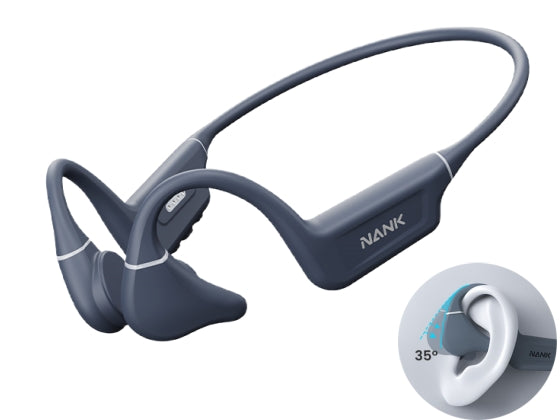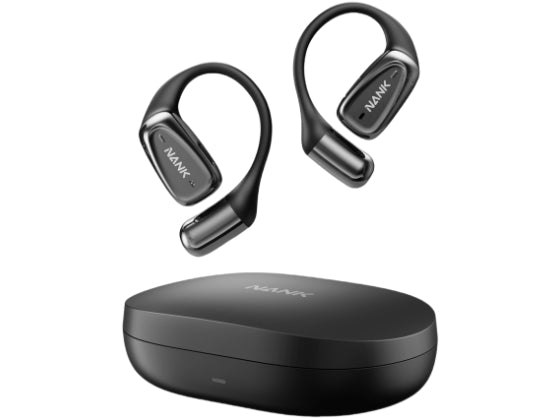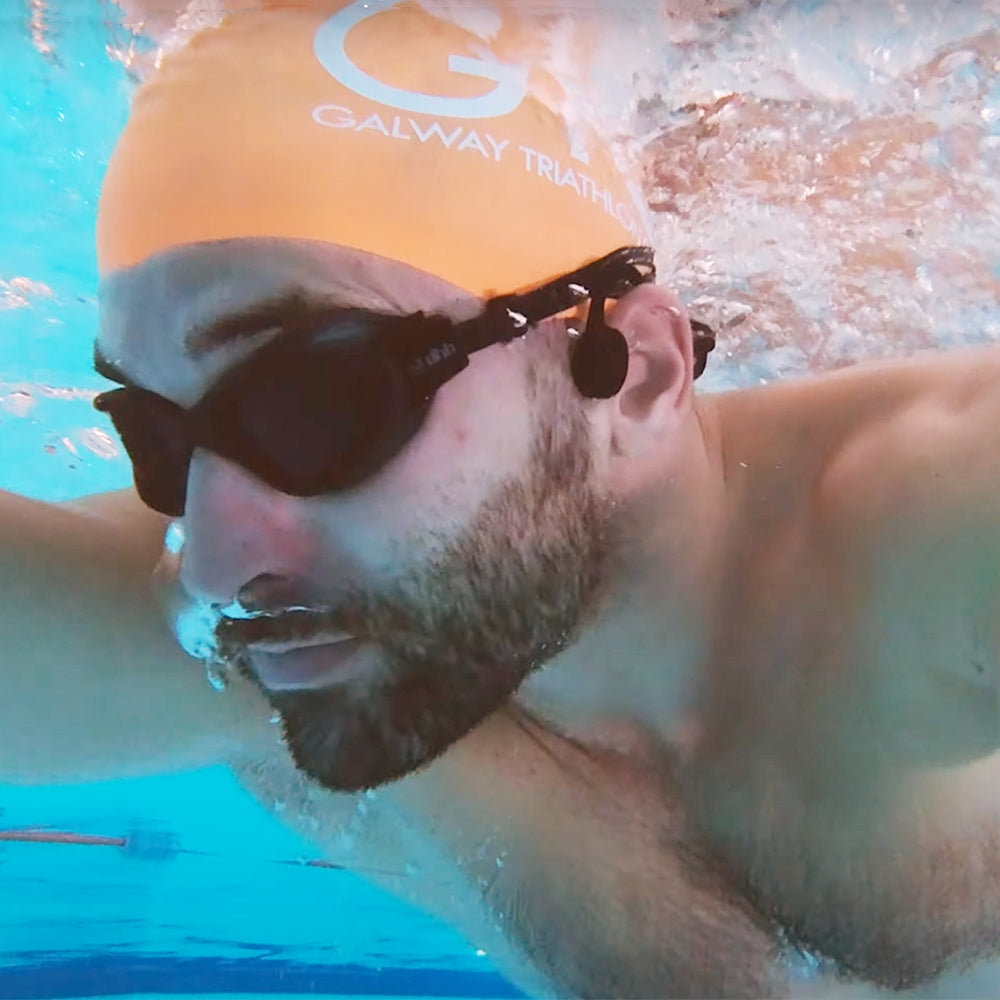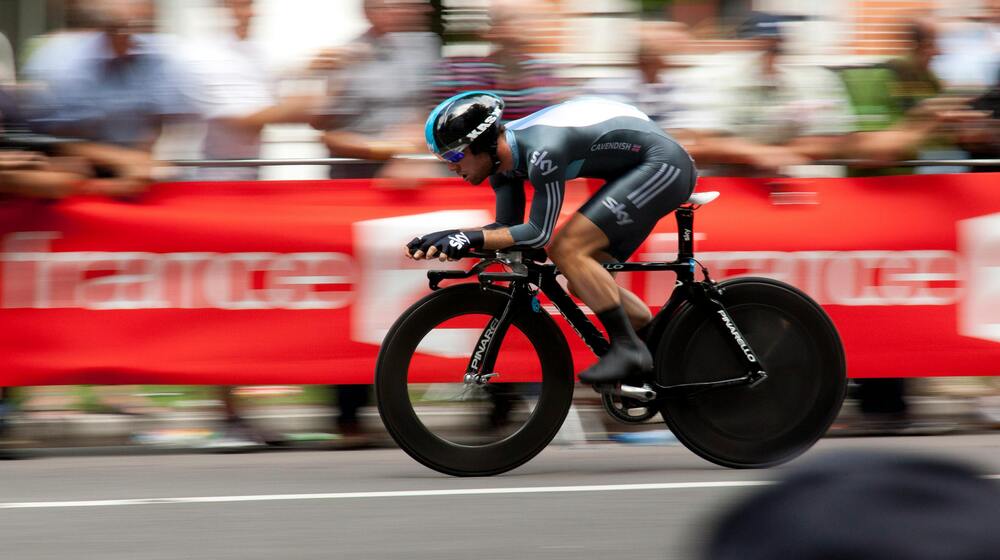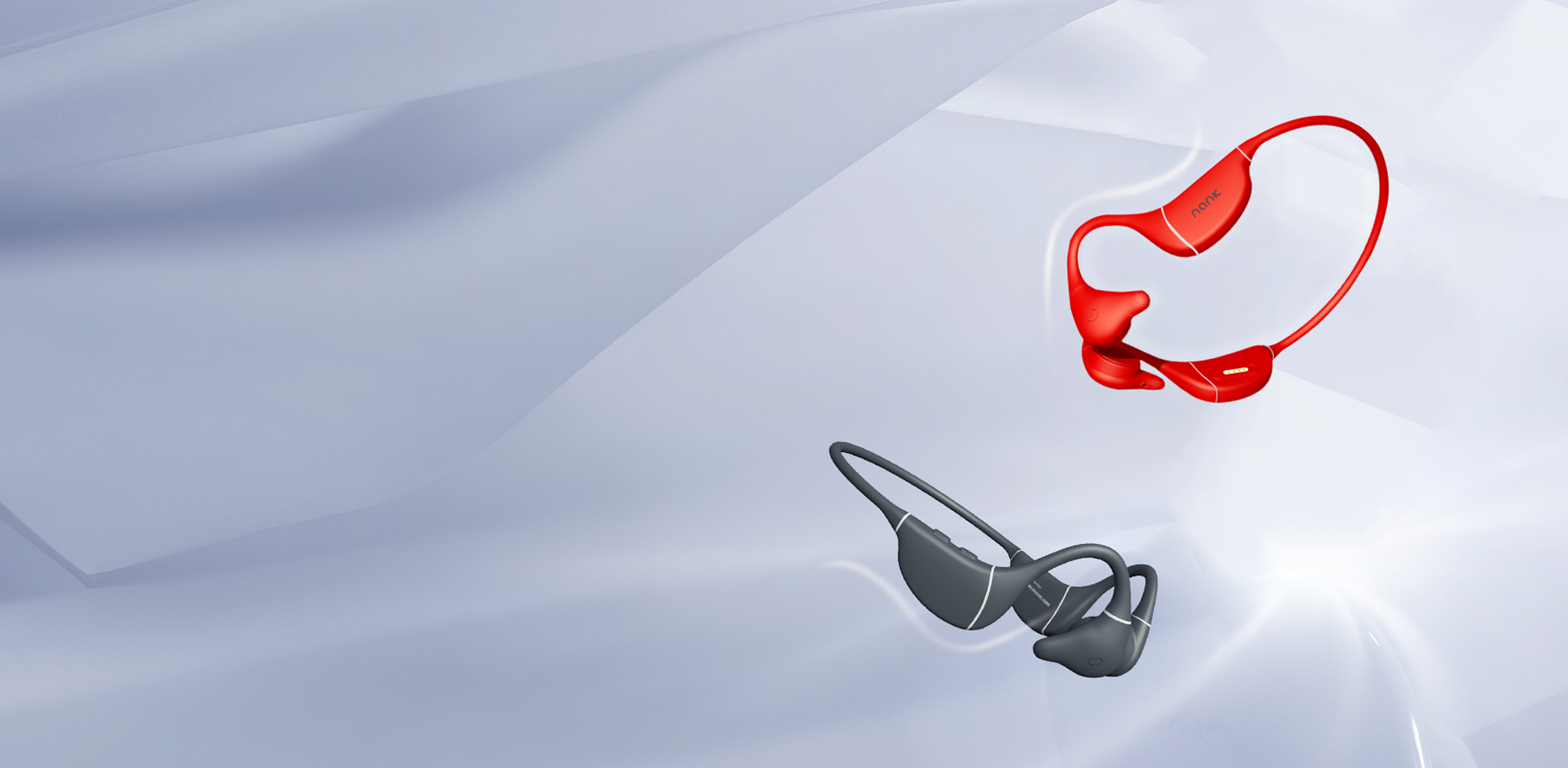The 2024 Paris Olympics men's 100m breaststroke has thrown a curveball. Despite featuring the world's elite swimmers, every competitor finished slower than 59 seconds – a bit slower than usual. This unexpected outcome has sparked debate about potential contributing factors, with many pointing towards the pool's depth. Let's dive in and explore this controversy.
The Unexpected Results of Men’s 100M Breaststroke
The men's 100m breaststroke at the Paris Olympics 2024 has been a major talking point these days. Despite featuring the world's fastest breaststrokers, who regularly achieve times in the 57-58 second range, every single competitor finished slower than 59 seconds.

To put this into perspective, Nicolo Martinenghi, this year's gold medalist, would have only placed eighth in the same event at the Tokyo 2020 Olympics, where he won bronze. Even more astonishingly, Adam Peaty, the world record holder who defended his gold in Tokyo with a time of 57.37 seconds, could only manage a silver medal in Paris with a time of 59.05 seconds.

In a sport where milliseconds matter, particularly in a final with the world's top eight swimmers (it’s Olympics!), these results are unprecedented. This unexpected outcome has sparked intense debate about the potential factors contributing to the slower times, with many questioning the pool's depth or other factors may have contributed to the slower performances.
Why do people say that? What's different about the Paris Olympics swimming pool? Let's dive into this question together.
What is the Standard of a Olympic Swimming Pool?
An Olympic swimming pool is specifically designed to host international swimming competitions, including the Olympic Games. These pools adhere to strict international standards to ensure fair competition and consistent results.
The latest Competition Regulations updated by World Aquatics in July has clearly set the swimming pool dimensions. Some key features that we pay attention to are as below:
- Pool length: The length of an Olympic pool must be exactly 50 metres. If there are automatic officiating equipment touch panels at the end, then the distance between the two panels is required to be 50 metres. (with tolerance±0.010 metres)
- Depth: Olympic pools must have a minimum depth of 2.50 metres. If it is also used as a multi-sport facility, it must be 3 meters deep.
- Lane: For the Olympic Games the pool must have 8 lanes with a width of 2.50 metres and an outer space of 2.50 metres. In some exceptional cases it can have 10 lanes, and the outer 2 will not be used.

What is the Size of Paris Olympic Swimming Pool?
The Paris La Défense Arena was a 30,000-seat rugby stadium before the Olympics. Now, they've turned it into a temporary swimming place with two 50-meter pools just for the Olympics. The stadium for divers and artistic swimmers is separated, related events will be set to the newly constructed Olympic Aquatics Centre.
But here's the thing: the pools at the arena are only 2.15 meters deep!
It is shallower than the 2.5 metres rule, and much less than the recommended 3 metres deep. Due to its reformation, some people think the government cared more about having lots of seats than a good pool for the swimmers, because if the pool was built deeper, there'd be less space for people to watch.
Why does the pool have to be so deep? What's the big deal if it's a bit shallower? Does this matter? Let’s check the reason, and get to know what factors will ‘make a pool fast’ or slow.
What Factors Will Make a Pool Fast or Slow?
Depth is said to be one of the most important factors in creating a ‘fast’ pool. The deeper the pool, the less turbulent the water becomes, and this is primarily due to the reduced interaction between the water and the pool bottom.
This is physics. "You make a deeper and a wider pool, and you ... give all of those waves and all of that splashing and all of that moving water a chance to move away from the swimmers and get out of their way, which makes them go faster. It's as simple as that." says Christine Brennan, a veteran of 13 Olympics and an Olympics columnist for USA Today.
If we dive into the principle of it a bit more detailed, here’s how depth affects speed:
- Minimized Turbulence: In shallower pools, waves generated by swimmers or other disturbances tend to bounce off the bottom, creating choppy water. Deeper pools provide more space for these waves to dissipate, resulting in smoother, less turbulent conditions.
- Reduced Drag: With less turbulence, swimmers encounter less resistance from the water. This decreased drag allows for a more efficient stroke and faster speeds.
- Improved Water Flow: Deeper pools often exhibit more laminar flow, meaning the water moves in smooth, parallel layers. This consistent flow can enhance a swimmer's buoyancy and reduce the energy required to maintain a horizontal position.
So a pool indeed can have scientific impacts on the speed. We all know that the athletes competing in the Olympic finals are the best in the world. They're at a level where even the smallest details in their technique and mindset can make a big difference. For the men's events, where strength and speed are even more crucial, the waves created by swimmers can definitely affect each other. They are trained to adjust to complex conditions and finding their own rhythm during the competition too.
Moreover, from a psychological standpoint, many athletes train in standard-sized pools. A lot of them are accustomed to swimming in 3-meter deep pools or at least the 2.5-meter standard set by FINA. A shallower pool might throw them off and make it harder for them to set new personal records.

Conclusion
The debate over this pool continues. While it's fair because everyone is competing in the same conditions, it's undeniable that a shallower-than-standard pool could potentially affect individual times and also make setting new world records more challenging. We'll have to keep watching, and see how the rest of the competition unfolds.
Related questions
Q1: How to keep focused during swimming training?
A: The athletes have strict plans and stay in water 3-4h/day while doing other training. But for most amateur swimmers, that could be very hard.
For daily swimming, here are some additional tips:
- Use waterproof headphones: Blocking out external noise can help you concentrate on your swimming and achieve a deeper level of focus. Swimming can get repetitive over time. These swimming headphones has great IP68 rating that can bring music with you to help stay engaged and focused during your workouts.

- Practice mindfulness: Incorporate mindfulness techniques into your training, such as focusing on your breath or body sensations. This can help you stay present and reduce stress.
- Take breaks: It's important to listen to your body and take breaks when needed. Overtraining can lead to burnout and decreased performance.
Remember, consistency is key. The more you practice focusing during your training sessions, the easier it will become.
Q2: Why does the athletes wear coat and headphones when coming up stage?
A: Yes, we often see the athletes walking out like a model! There are a few reasons:
- Maintaining body temperature: Athletes, especially those in sports that require a lot of physical exertion, need to maintain their core body temperature. A coat helps to prevent rapid cooling, which can affect muscle performance and recovery.
- Mental focus: Headphones can help athletes to zone out from the noise and distractions of the environment, allowing them to focus on their emotions and the moment. It can also help them to relax and recover mentally after the intense competition.
- Image and Branding: In many cases, the coat and headphones are part of an athlete's carefully constructed image. It can be a signature look or part of a sponsorship deal.

